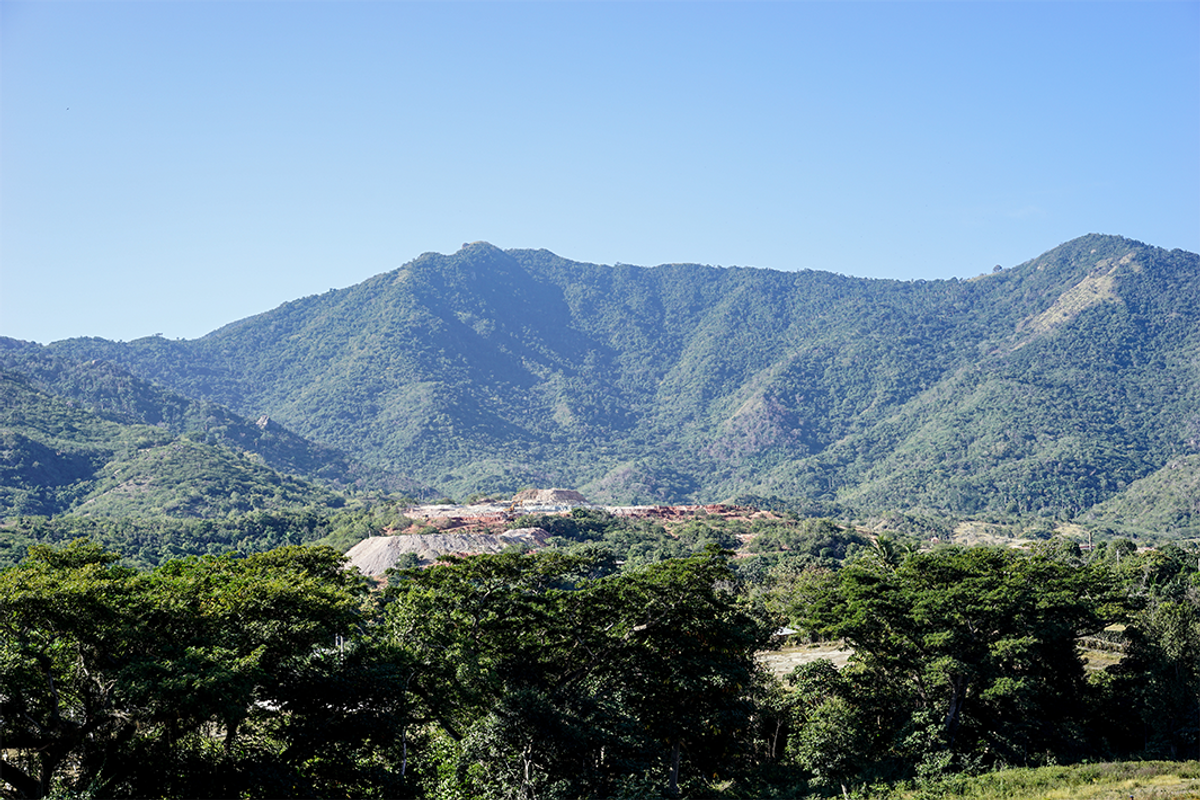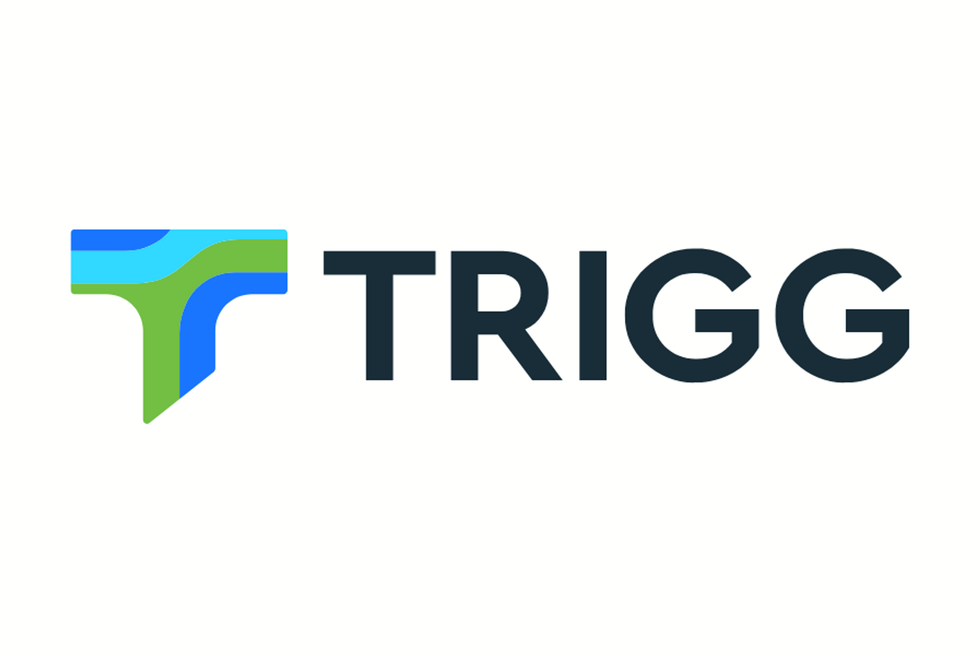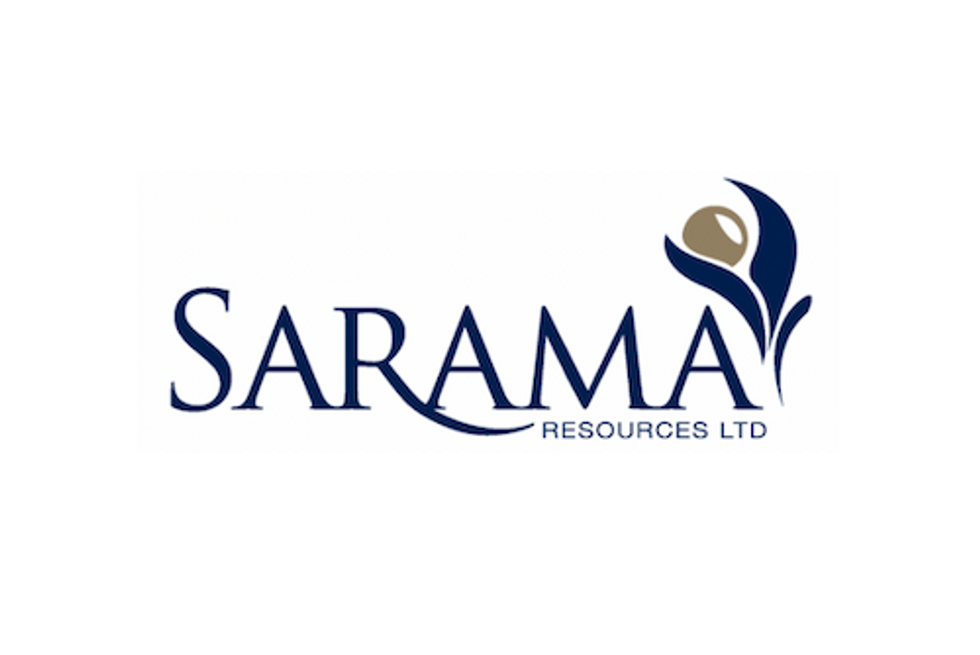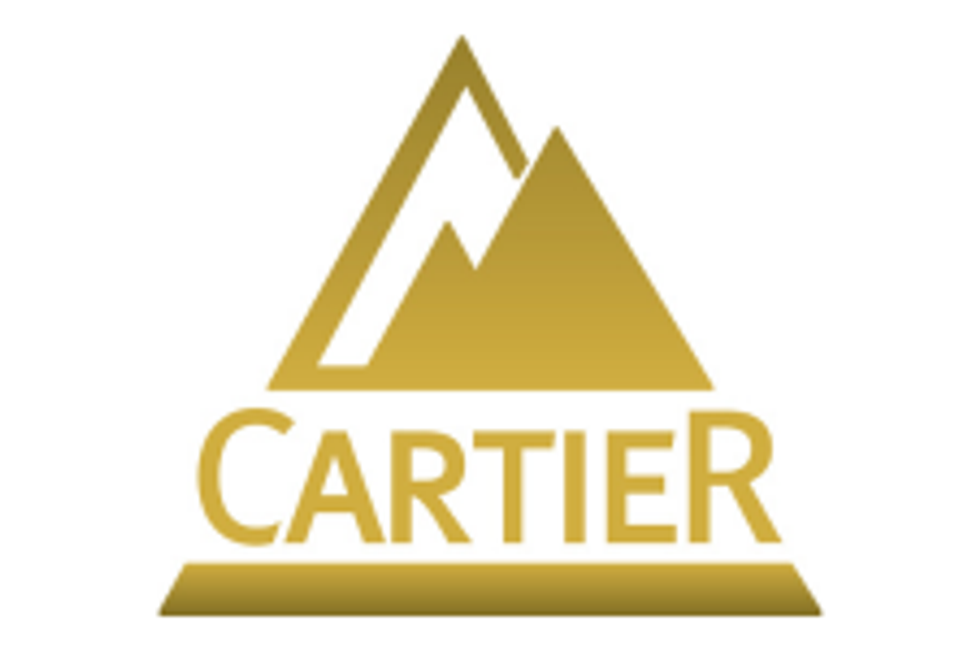
By cultivating a deeper understanding of Cuba's resource sector – including its history – investors will be better equipped to identify opportunities for strategic investments.
Now counted among the top 10 global producers of cobalt and a significant producer of nickel, Cuba also has a history of gold and copper mining dating back to the Spanish colonization.
Despite its history and rich mineral resource, Cuba's investment potential has largely flown under the radar, primarily due to geopolitical concerns and economic sanctions that have long beset this country. But recent efforts by the country’s government to attract foreign investments, particularly to its mining sector, have created an emerging and promising investment opportunity.
By cultivating a deeper understanding of Cuba's resource sector — including its history — investors will be better equipped to identify opportunities for strategic investments.
Centuries of mining and exploration
Established in 1540, the open-pit El Cobre copper mine was the first open-pit copper mine in the Americas, and the first of many mines started by Spanish colonists. Given Cuba's extensive mineral wealth, mining was one of the chief industries driving colonization of the region. However, there is evidence of significant mining activity centuries prior to El Cobre's construction.
As noted by historians and mining analysts, El Cobre was itself constructed atop pre-existing mining infrastructure. Nearly all copper deposits found in the Americas contain both gold and silver, yet analysis of copper relics both within Cuba and across the continent found no traces of either. This suggests that Cuba's Indigenous Peoples not only mined the resource but also refined it through an as-yet-unknown process.
It also suggests that Cuba was in direct contact with the continental Americas well before the arrival of colonizers. For centuries, gold, silver and copper remained Cuba's primary mineral exports. This remained until 1883, with the establishment of the Daiquiri and Juraguà mines near Santiago de Cuba.
To date, these mines have produced millions of tonnes of high-quality, low-phosphorus iron ore, with millions of tonnes remaining. Around the same time, explorers also discovered hundreds of millions of tonnes of nickeliferous iron ore. Spanning multiple provinces, this high-grade iron-nickel deposit remains the largest in the world, nearly untapped despite being actively mined since 1908.
The 20th century also saw the establishment of several asphalt projects targeting Cuba's extensive high-purity reserves. Manganese would be next, its production spurred by both the First and Second World War. Lead, zinc, cinnabar and coal are among other minerals that have been historically produced in Cuba.
Cuba's revolution in 1959 resulted in a considerable shift in the country's mining sector, as the then new Cuban government confiscated foreign-held mining investments. This was followed by a complete restructuring of the industry, which included centralized state control and trade agreements with the Union of Soviet Socialist Republics. These agreements would remain in place until the USSR's collapse in 1991 — an event that hobbled Cuba's mining industry and crippled its national economy.
What followed was a period of considerable reform, with the Cuban government attempting to revise and revitalize its mining sector — an effort made more challenging by an increasingly restrictive American trade embargo.
Today, the Cuban government continues to ramp up efforts to boost the country’s nickel and cobalt production amidst rising market prices.
Cuba's changing geopolitical climate
Despite criticism from the United Nations — and in spite of its failure to accomplish its goal of eliminating communism — the United States still maintains its embargo against Cuba.
Since the 1962 embargo, however, US-Cuba relations have evolved. In fact, in 2014, the Obama administration instituted a number of measures aimed at establishing a positive relationship with Cuba. These measures, which included licensed trade opportunities for American companies, spurred unprecedented growth in Cuba's private sector. Unfortunately, this period of prosperity would not last. In 2017, the Trump administration not only re-established the embargo, but also imposed new restrictions that penalized any business with operations in Cuba.
Despite this, Cuba's mining industry remains ripe for investment, largely driven by its under-explored and mineral-rich resource underpinned by low operating costs and royalties. The Cuban government has directed significant effort towards creating a favorable climate for mining and exploration, with measures that include realistic mining regulations and environmental requirements, generous tax waivers and reduced import duties. Due to Cuba's long mining history, businesses operating in the region also have access to an educated and highly motivated workforce.
Last but not least, Cuba is also favorably located, with direct routes to significant markets around the world by both air and sea, an increasingly significant advantage in the current geopolitical climate.
Companies driving Cuba's mining and resource sector
The ongoing embargo and the threat of American sanctions have discouraged many from establishing operations in Cuba. Others are wary of the fact that Cuba's mining sector remains entirely state-controlled, requiring a joint venture with the government-owned GeoMinera. Even so, some companies have recognized that neither of these factors eclipses the potential gains.
Trafigura
The privately held Trafigura Group is one of the world's largest commodity suppliers, with areas of business that include oil and gas, power, renewable energy, carbon management, shipping and logistics. In 2017, the company announced a US$278 million joint venture with GeoMinera that revitalized the historic Castellanos lead-zinc mine. Today, Castellanos is the world's largest lead-producing surface mine.
Sherritt International (TSX:S)
Sherritt has worked with the country's government since the mid 1990s. The joint venture between the company and the state-owned General Nickel Company takes the form of the Moa nickel operations, a vertically integrated joint venture that produces both high-grade cobalt and class 1 nickel from a nickel mine in Cuba and a refinery near Fort Saskatchewan in Alberta, Canada.
Melbana Energy (ASX:MAY)
An upstream oil and gas supplier, Melbana's partnership with the Cuban government takes the form of the Block 9 Production Sharing Contract. Spanning 2,344 square kilometres off Cuba's northern coast, the project houses multiple oil discoveries and a prospective mean resource of 362 million barrels. The company is currently planning its 2024 field development plans for the area.
Antilles Gold Limited (ASX:AAU,OTCQB:ANTMF,FWB:PTJ)
Antilles Gold maintains agreements with GeoMinera for two projects. The first, Nueva Sabana, is a gold and copper mine at based on the El Pilar gold-copper oxide deposit with construction planned to commence in mid-2024. The second, La Demajagua, will produce gold, antimony and silver and is expected to begin construction in late 2024.
In addition to these two projects, Antilles has access to multiple highly prospective copper-gold porphyry deposits through three exploration concessions totaling 54,000 hectares within the Sierra Maestra copper belt, which is also prospective for molybdenum, as well as within the El Pilar copper porphyry system in Central Cuba.
Investor takeaway
Cuba's mineral investment potential has flown under the radar for decades. In light of the current geopolitical climate and ongoing supply shortages of critical minerals such as cobalt and nickel, this is changing. Between its rich mineral reserves, favorable regulatory climate and strategic location, Cuba could soon increase its prominence as a promising region for mining and exploration.
This INNSpired article was written as part of an advertising campaign for a company that is no longer a client of INN. This INNSpired article provides information which was sourced by INN, written according to INN's editorial standards, in order to help investors learn more about the company. The company’s campaign fees paid for INN to create and update this INNSpired article. INN does not provide investment advice and the information on this profile should not be considered a recommendation to buy or sell any security. INN does not endorse or recommend the business, products, services or securities of any company profiled. If your company would benefit from being associated with INN's trusted news and education for investors, please contact us.





